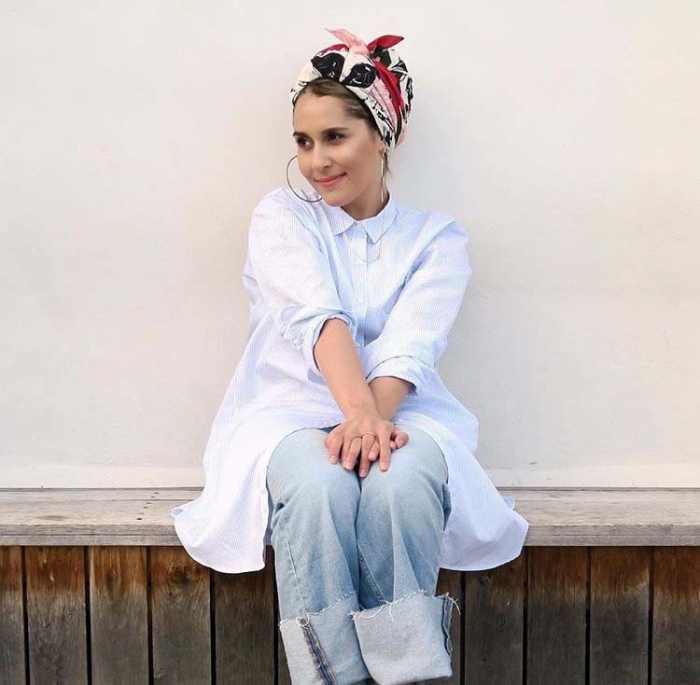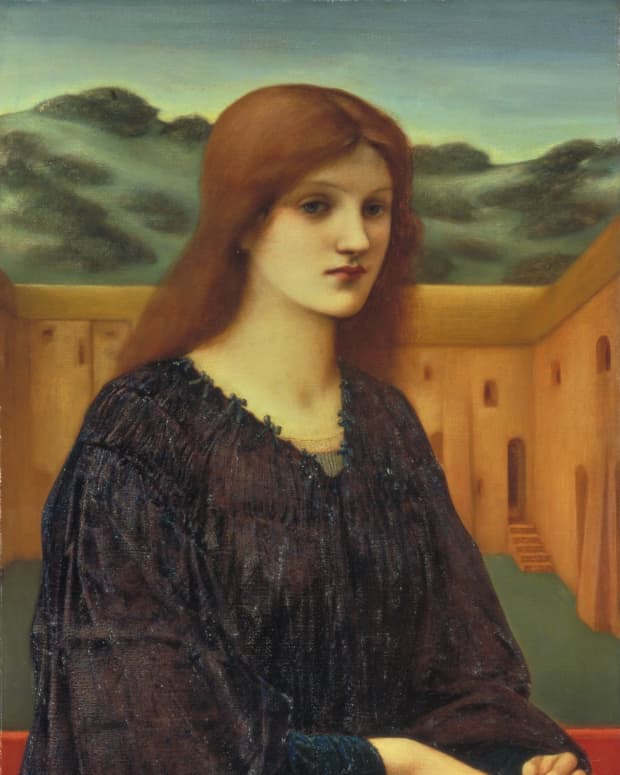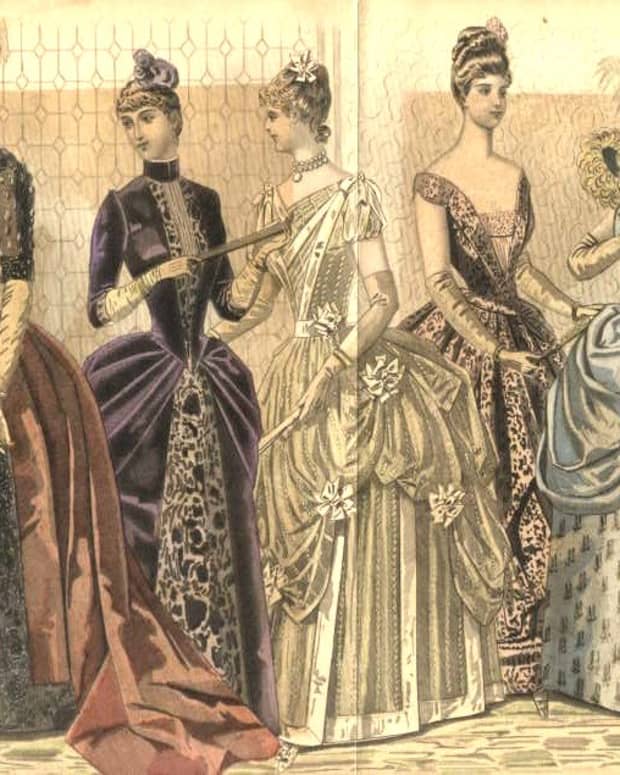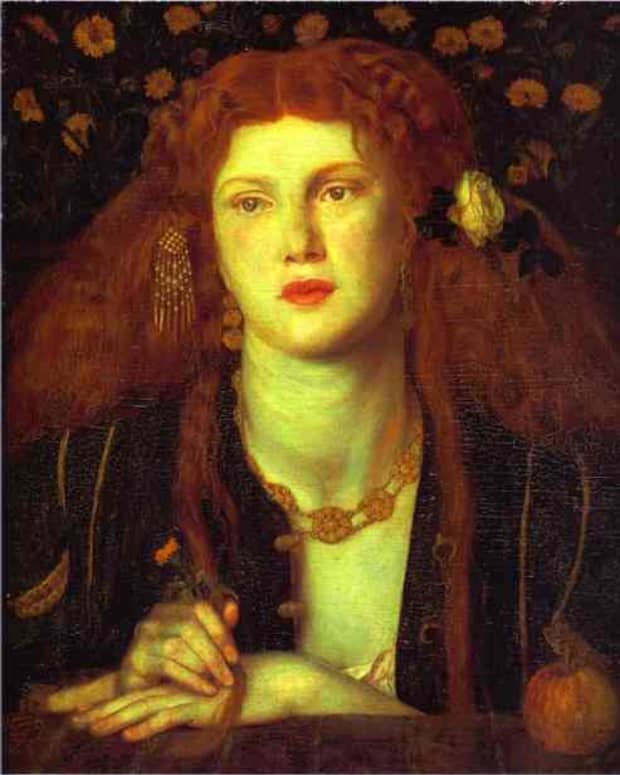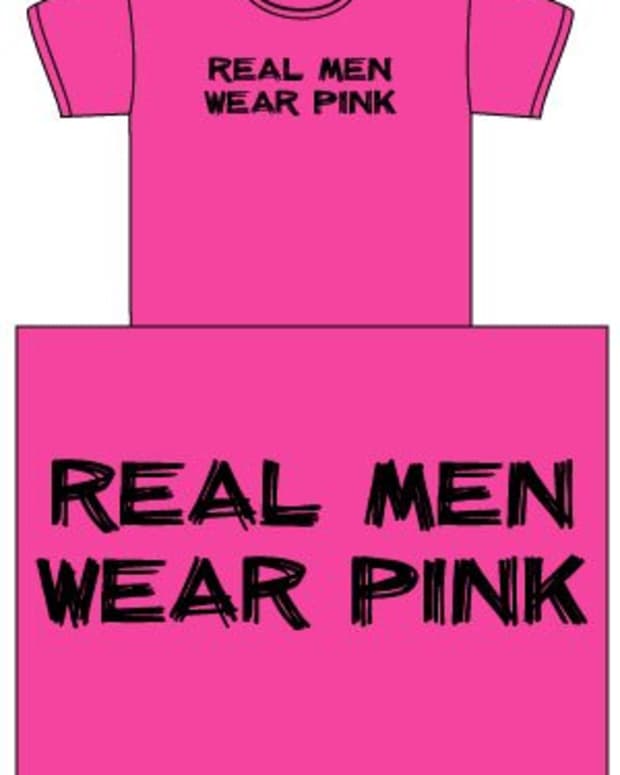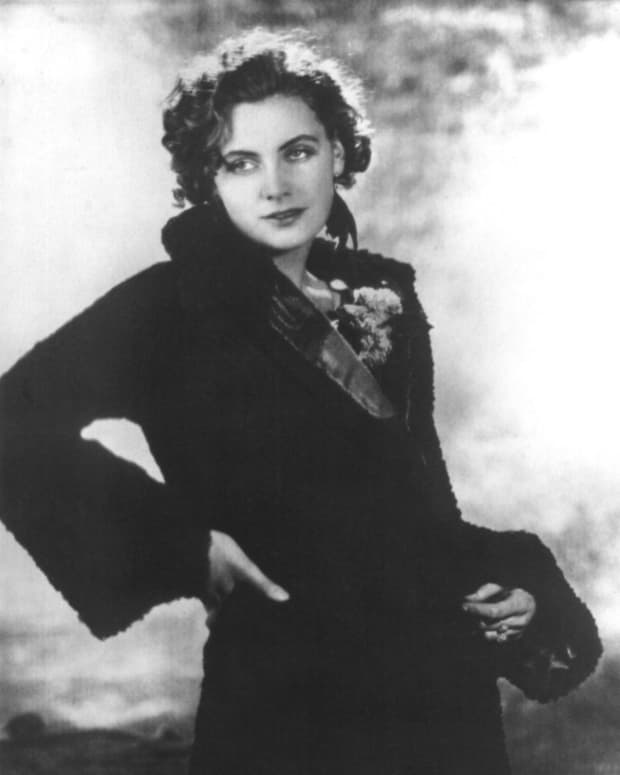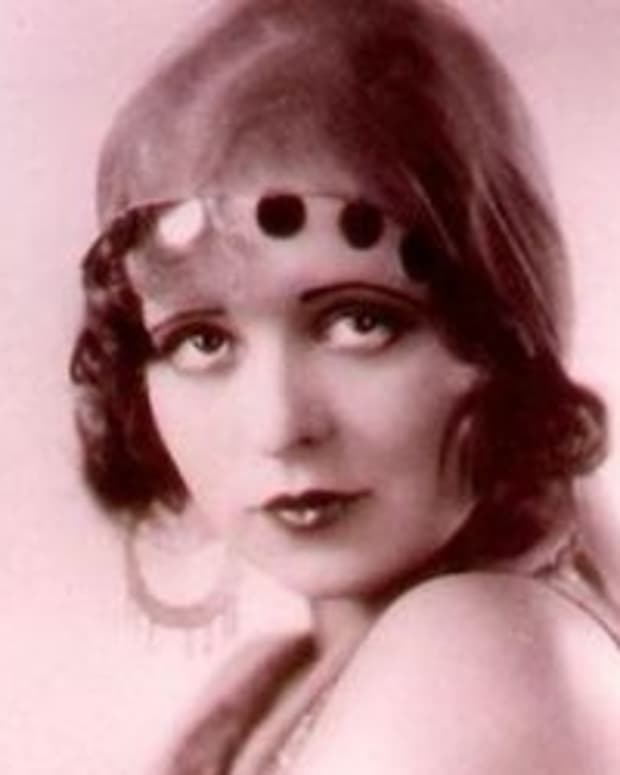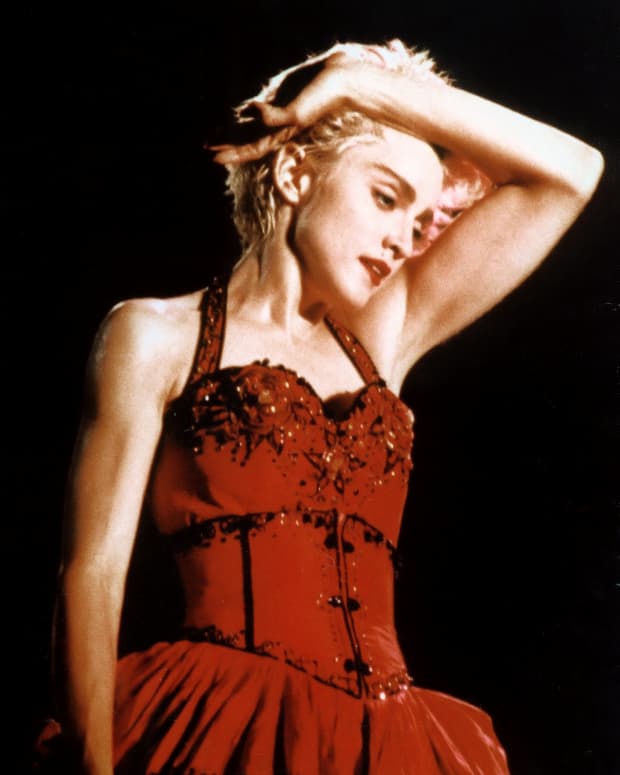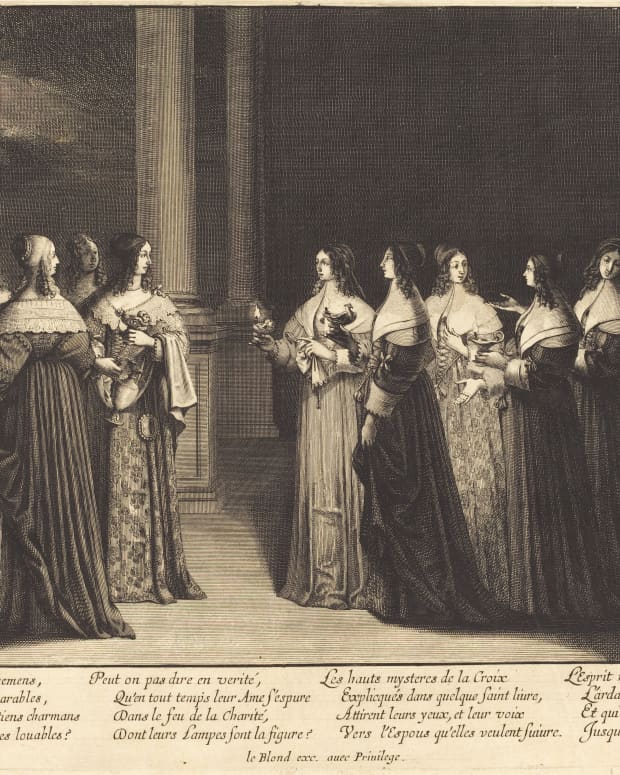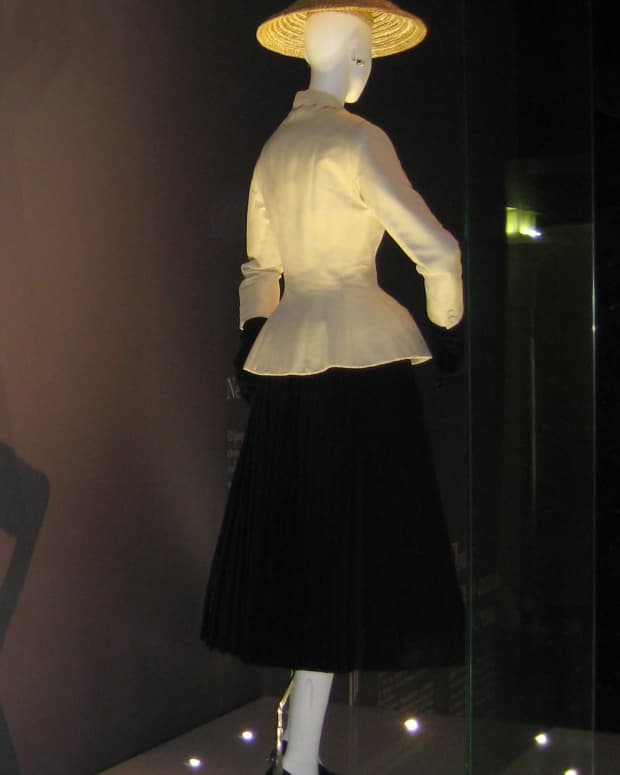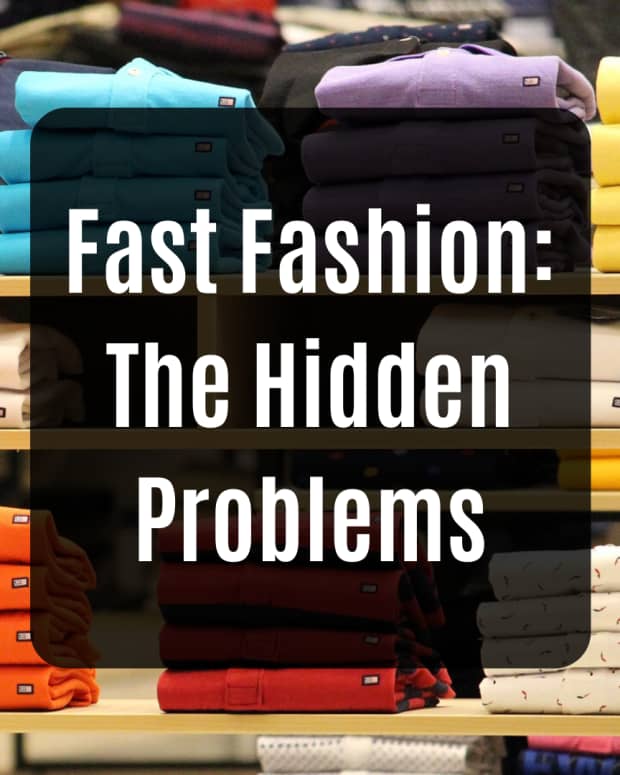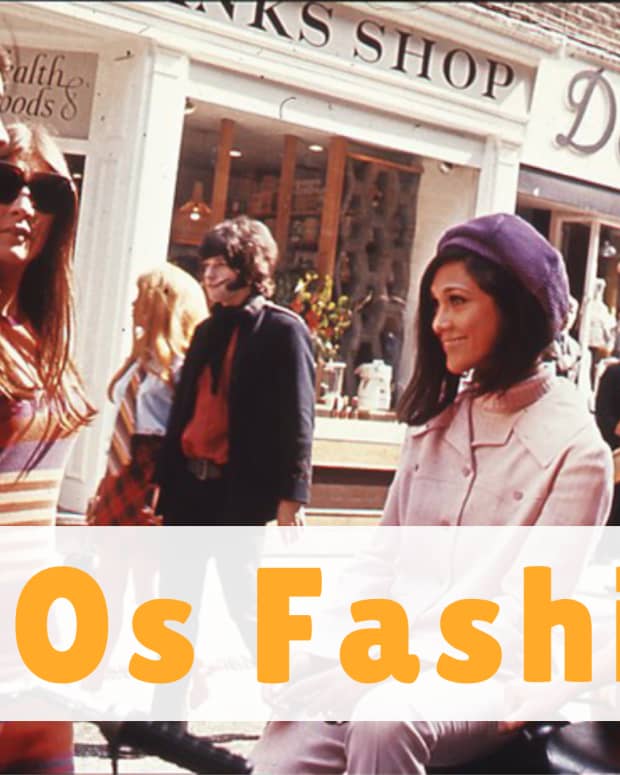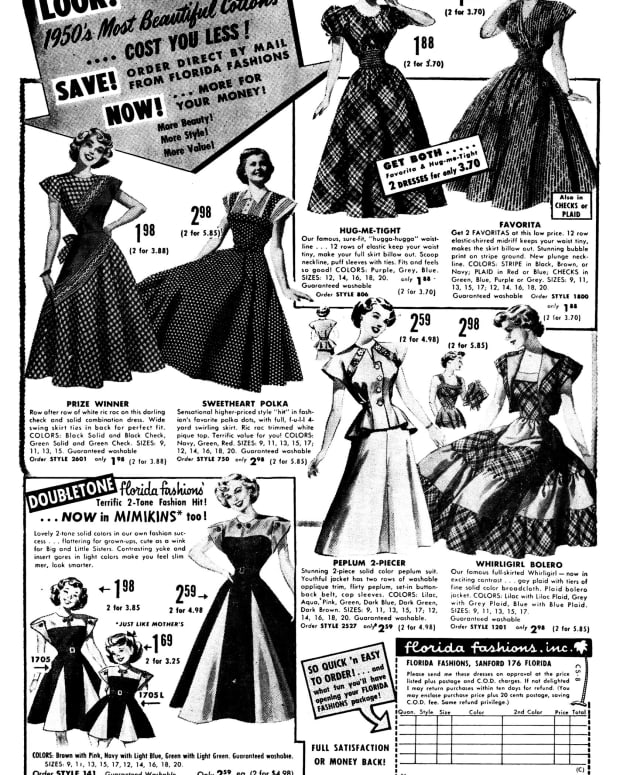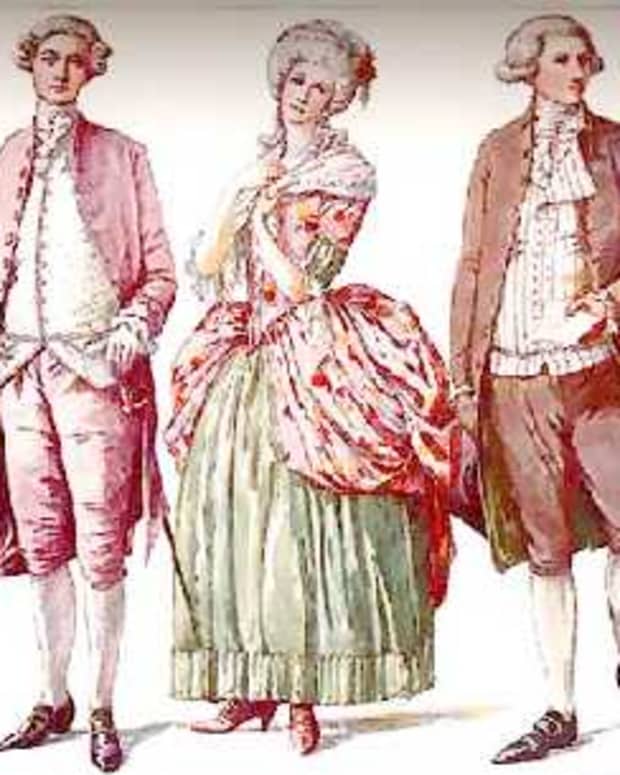The Modest Fashion Movement: Goals, Key Players, and Problems to Address
When I became interested in learning more about my faith, I stumbled on the Muslim modesty movement. As Muslims, men and women are supposed to adhere to certain rules of dressing; they are meant to wear loose clothing that covers their awrah (areas that are meant to be covered). After years of not being visible in mainstream media, Muslims are gaining traction on Instagram, and on the runway, through the modest fashion movement.
What Is the Modest Fashion Movement?
The modest fashion movement is a fashion scene where fashion bloggers and designers offer examples of appropriate clothing that allows for self-expression without sacrificing one’s religious beliefs. The movement stems from the UK and Europe, as you’ll see later on. Writer Hannah Almassi, describing the movement on the famous fashion blog "Who What Wear," quotes Reina Lewis, professor of cultural fashion at London College of Fashion. Lewis says, “Modest fashion as a term, as a market term, came to prevalence in the mid-2000s, and this was partly because a number of the brands that first started up came from designers and creative entrepreneurs who were themselves religiously motivated."
Religious motivation may sound archaic, but the resulting fashion is not. I was lucky enough to witness some of this movement as it unfolded. Most of the modesty movement’s key players were regular modern Muslims. In other words, they were not looking to wear traditionally Eastern clothing. Instead, they tended to marry their Islamic beliefs to their Western upbringing (more on that later).
Why Is Modest Fashion Popular Now?
You may wonder why this movement is gaining momentum just now. It is because the fashion industry is now open to new ideas and new creators from the Internet. For a lot of people online, the dialogue now has shifted to the topic of inclusion and diversity. As more members of minority groups have their voices heard, the more the fashion industry works to satisfy this need within its audience.
[T]ake a second to think about where fashion is headed right now: Social media has prompted diversity to become a mainstay—not a gimmick—within the industry. It's also shone a light on the (obvious) facts that women of different shapes, faiths, colors, sizes, and backgrounds can be just as stylish and can be equally valuable customers.
— Hannah Almassi
Key Players in the Movement
These are some of the most prominent figures in the modest fashion movement. Some of them have collaborated with fashion designers or became designers themselves.
Key Player 1: Dina Torkia (Tokio)
Dina Torkia (who tweaked her last name online to “Tokio”) has been part of the online fashion world for ten years. Part Egyptian, this British hijabi began posting on YouTube. While I did not find her until around five years ago, she made a strong impression on many fashion lovers, including me. She creates colorful and vivacious outfits that allow a person to express themselves without committing sins. Torkia’s videos are notoriously known for being frank and blunt. Among my favorite videos of hers is the one I’ll include below on H&M’s modest collection.
Torkia’s fashion sense is a bit more westernized, some may argue, as she does not wear the hijab in the typical way many Muslims wear it. In an interview with Alice Rowsome from Vice Impact, Torkia says, “I used to wear it the traditional way, not really traditional but when you are clearly more Muslim and wrap it around under your chin. But now I find it very difficult to wear it that way. I get crazy anxiety. That's why I wear it this way, turban-style, it just looks easier on the eye for some people.”
You can see Dina Torkia in action on her website.
Key Player 2: Habiba Da Silva
Habiba is another Brit on the list (you’ll notice a pattern in that regard). Da Silva is part Brazilian and part Lebanese. She tends to wear muted colors and extra-loose clothing. She creates some of my favorite look-books (collections of outfits, often shared with music in the background). Da Silva has released three hijab collections thus far. Each collection included shades of muted colors, but they garnered international interest as their campaigns included diverse groups of models.
Da Silva, like Torkia, posts on YouTube regularly. Her videos tend to include beauty routines, makeup, self-care, and fashion. My favorite videos of Habiba’s are the ones where she tries out different stores to see if one can dress modestly using their items.
For more on Habiba Da Silva, check out her website.
Key Player 3: Mariah Idrissi
Read More From Bellatory
A Pakistani and Moroccan Brit, Mariah Idrissi earned her spot center stage as the first hijabi model. She was included in H&M’s fashion campaign in 2015. Her videos on YouTube are scarce, but big hits regardless. In 2016, she gave a speech on TedX Teen, where she discussed changing the face of fashion to include more diverse groups of models. Meanwhile, Idrissi has recently attracted more attention as she announced that a beauty campaign dropped her, fearing that her hijab would restrict the campaign's potential audience.
Mariah Idrissi is mostly active on her Instagram.
Key Player 4: Eileen "Eslimah" Lahi
Eileen is an Estonian revert whose style is breezy and fairy-tale-like. She dresses in soft colors and her clothes are characterized by their billowy loose fit. While she is not active on YouTube, she focuses on faith and travel on her Instagram. Now based in Qatar, Eileen often showcases the beauty of her new home and takes her audience on trips around the world, too.
Key Player 5: Nabiila Bee
Another Brit on the list, Nabiila has recently become a fashion designer. Her designs include sweatshirts, scarves, and bags. Nabiila rose to fame through her YouTube scarf tutorials. She also is known for her colorful style of clothing. Like Torkia, she alternates between turban-style hijabs and traditional scarf models.
For more of her fashion, check out her YouTube channel.
Other Key Players
Many other bloggers and fashion designers are effective movers and shakers in the modest fashion movement.
Challenges for the Modest Fashion Movement
It may seem that all is groovy for the modest fashion movement, but it is not so. Adrianne Pasquarelli enthusiastically lists the new avenues opening up for this movement. She writes, “Muslim marketing is going mainstream. Last month, Macy's began selling the Verona Collection, a brand of modest clothing that includes traditional hijab head coverings, to court Muslim women. Adidas walked a hijab-wearing model down the runway in its New York Fashion Week show several weeks ago. And last year, Ayana Ife became the first Muslim designer on Lifetime's popular ‘Project Runway.’”
While all of these things are true, the modest fashion movement is far from being inclusive enough. For example, you may have noticed that the primary key figures mentioned in this hub are from the UK. There is not enough representation of people of color from other backgrounds. Besides, many of the women taking center stage are of Arab descent. Where are the black Muslims? Where are the Asian Muslims? Where are Muslims not from western countries at all?
Besides, if you look at pictures from most participants of this movement, you’ll see a typical body type. Most of these women are thin. The only woman of color who is also a hijabi, plus size, and African American who is starting to get noticed is Leah Vernon, who posts often on the lack of diversity when it comes to this movement. She often talks about the effects of said isolation from the Muslim community.
Furthermore, when it comes to finding clothing that is available for people who can't afford shops at the mall, there is a real shortage of modest clothing available year round. As someone who is plus size and Muslim, I really struggle to have variety in the clothing available to me while still adhering to my faith's modesty rules. Plus, most of the clothes available to me are not fashionable or appealing. It's frustrating.
Bibliography
Almassi, Hannah. “What Does Modest Fashion Really Look Like?” Who What Wear. 22 Feb. 2018. Accessed 20 May 2018. https://www.whowhatwear.com/modest-fashion
Pasquarelli, Adrienne. “Modest Fashion Goes Mainstream.” AdAge. 08 Mar. 2018. Accessed 27 May 2018. http://adage.com/article/cmo-strategy/modest-mainstream/312591/
Rowsome, Alice. “Muslim YouTuber Dina Tokio Tells Us How She Uses Her Platform to Fight Islamophobia.” Impact Vice. 1 Nov. 2017. Accessed 27 May 2018. https://impact.vice.com/en_us/article/gyjvz3/muslim-youtuber-dina-tokio-tells-us-how-she-uses-her-platform-to-fight-islamophobia
© 2018 Dina AH

